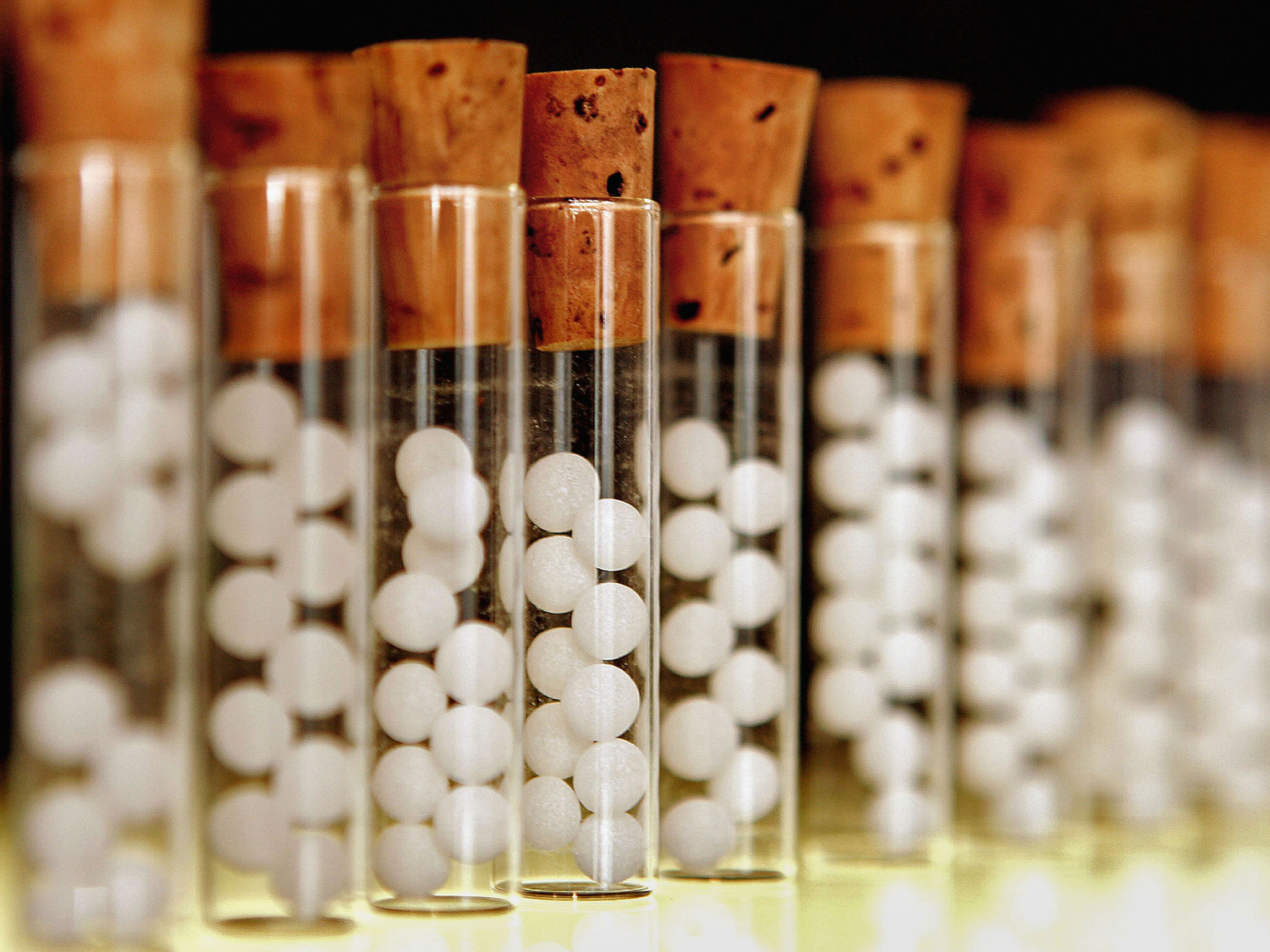Uterine fibroids are noncancerous growths of the uterus that often appear during childbearing years. Also called leiomyomas (lie-o-my-O-muhs) or myomas, uterine fibroids aren’t associated with an increased risk of uterine cancer and almost never develop into cancer.
Fibroids range in size from seedlings, undetectable by the human eye, to bulky masses that can distort and enlarge the uterus. You can have a single fibroid or multiple ones. In extreme cases, multiple fibroids can expand the uterus so much that it reaches the rib cage and can add weight.
Symptoms
Many women who have fibroids don’t have any symptoms. In those that do, symptoms can be influenced by the location, size and number of fibroids.
In women who have symptoms, the most common signs and symptoms of uterine fibroids include:
- Heavy menstrual bleeding
- Menstrual periods lasting more than a week
- Pelvic pressure or pain
- Frequent urination
- Difficulty emptying the bladder
- Constipation
- Backache or leg pains
Rarely, a fibroid can cause acute pain when it outgrows its blood supply, and begins to die.
Fibroids are generally classified by their location. Intramural fibroids grow within the muscular uterine wall. Submucosal fibroids bulge into the uterine cavity. Subserosal fibroids project to the outside of the uterus.
Genetic changes. Many fibroids contain changes in genes that differ from those in normal uterine muscle cells.
Hormones. Estrogen and progesterone, two hormones that stimulate development of the uterine lining during each menstrual cycle in preparation for pregnancy, appear to promote the growth of fibroids.
Fibroids contain more estrogen and progesterone receptors than normal uterine muscle cells do. Fibroids tend to shrink after menopause due to a decrease in hormone production.
Other growth factors. Substances that help the body maintain tissues, such as insulin-like growth factor, may affect fibroid growth.
- Extracellular matrix (ECM). ECM is the material that makes cells stick together, like mortar between bricks. ECM is increased in fibroids and makes them fibrous. ECM also stores growth factors and causes biologic changes in the cells themselves.
- Uterine fibroids develop from a stem cell in the smooth muscular tissue of the uterus (myometrium). A single cell divides repeatedly, eventually creating a firm, rubbery mass distinct from nearby tissue.
- The growth patterns of uterine fibroids vary — they may grow slowly or rapidly, or they may remain the same size. Some fibroids go through growth spurts, and some may shrink on their own.
- Many fibroids that have been present during pregnancy shrink or disappear after pregnancy, as the uterus goes back to a normal size.
Risk Factors
- Race: Although any woman of reproductive age can develop fibroids, black women are more likely to have fibroids than are women of other racial groups. In addition, black women have fibroids at younger ages, and they’re also likely to have more or larger fibroids, along with more-severe symptoms.
- Heredity: If your mother or sister had fibroids, you’re at increased risk of developing them.
- Other factors: Onset of menstruation at an early age; obesity; a vitamin D deficiency; having a diet higher in red meat and lower in green vegetables, fruit and dairy; and drinking alcohol, including beer, appear to increase your risk of developing fibroids.
Complications
Although uterine fibroids usually aren’t dangerous, they can cause discomfort and may lead to complications such as a drop in red blood cells (anemia), which causes fatigue, from heavy blood loss. Rarely, a transfusion is needed due to blood loss.
Pregnancy And Fibroids
Fibroids usually don’t interfere with getting pregnant. However, it’s possible that fibroids – especially submucosal fibroids – could cause infertility or pregnancy loss.
Fibroids may also raise the risk of certain pregnancy complications, such as placental abruption, fetal growth restriction and preterm delivery.
Homoeopathic Treatment
Homeopathic treatment for Uterine Fibroids is one of the best alternatives available today.
The accurately selected homeopathic medicine is capable of shrinking the fibroids and can even eradicate them completely in some cases.
Homeopathic medicines are very effective in regularizing menstrual bleeding and ebbing the pain. This can be done extremely gentle and without any fear of unwanted side effects, unlike the hormonal treatments of Conventional medicine.
As stated, a majority of the hysterectomies are not needed and homeopathic treatment for Uterine Fibroids can effectively prevent these surgeries, removing fibroids the painless way.
Homeopathic treatment for Uterine Fibroids strengthens the immune system and makes sure the disease does not return again.
The medicines frequently prescribed were: Pulsatilla, Sulphur, Lycopodium, Sepia, Phosphorus, Calcarea carbonica, and Natrum muriaticum.
Tags: Uterine Fibroids And Homoeopathy









